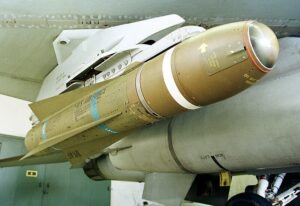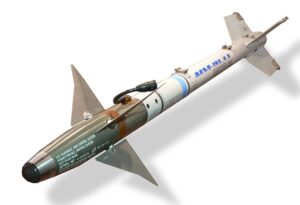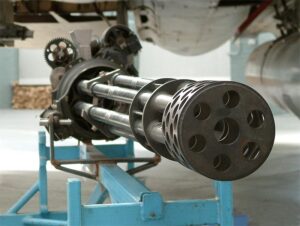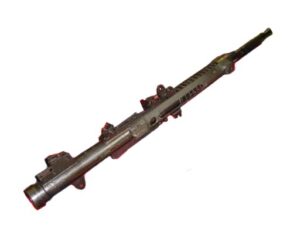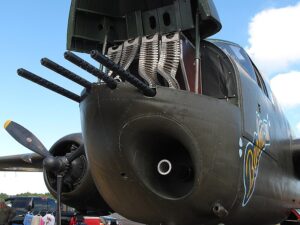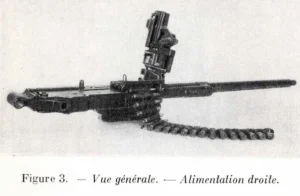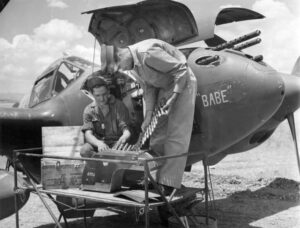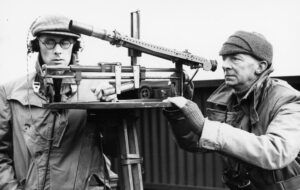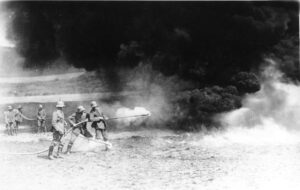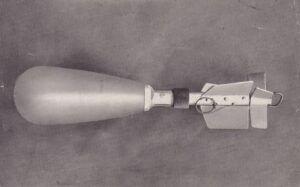What Is the M1919 Browning and Who Designed and Produced It?
The M1919 Browning is a .30 caliber air-cooled machine gun designed by John Browning in the early 20th century. It was manufactured by several companies during its production, including Colt, Saginaw Steering Gear Division, and General Motors.
Armament Specifications
- Caliber: .30 (7.62 mm)
- Type: Air-cooled, belt-fed machine gun
- Weight: Approximately 14 kg (31 lb)
- Length: 1,175 mm (46.3 in)
- Barrel Length: 609 mm (24 in)
- Rate of Fire: Approximately 400-600 rounds per minute
- Muzzle Velocity: Approximately 850 m/s (2,800 ft/s)
- Effective Range: Up to 1,500 meters (4,921 ft)
- Feed System: Belt-fed, typically using 250 or 400-round belts
- Operating Principle: Recoil operated, full-automatic
Aircraft That Used This Gun
The M1919 Browning was mounted on various aircraft during World War II, including:
- B-17 Flying Fortress: The B-17 bomber used the M1919 as defensive armament against enemy fighters during bombing missions.
- B-24 Liberator: Similar to the B-17, the B-24 bomber employed the M1919 to defend against enemy aircraft.
- P-51 Mustang: Some variants of the P-51 Mustang, such as the P-51D, were equipped with wing-mounted M1919 machine guns to supplement their firepower.
- P-47 Thunderbolt: The P-47 utilized the M1919 as part of its armament, particularly in early models before transitioning to heavier .50 caliber machine guns.
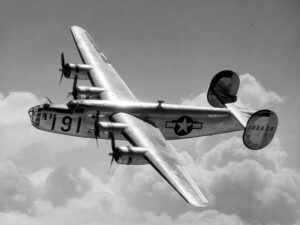
Consolidated B-24 Liberator
The Consolidated B-24 Liberator was an American heavy bomber aircraft featuring a highly efficient high aspect ratio Davis wing.
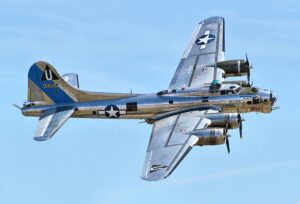
Boeing B-17 Flying Fortress
The Boeing B-17 Flying Fortress is an American four-engined heavy bomber developed for the United States Army Air Corps (USAAC) in the 1930s.

Republic P-47 Thunderbolt
The Republic P-47 Thunderbolt was an American fighter aircraft produced by Republic Aviation from 1941 through 1945 and used in World War II.
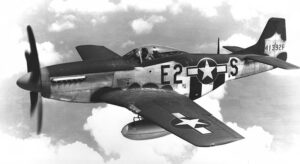
North American P-51 Mustang
The North American P-51 Mustang is an American long-range, single-seat fighter and fighter bomber used during World War II.
A Short History of the M1919 Browning
The M1919 Browning machine gun, developed by the legendary firearms designer John Browning, emerged onto the military scene in 1919, hence its designation. Initially conceived for ground-based infantry use, its robust design and remarkable performance quickly caught the attention of military strategists and arms manufacturers alike. Its introduction coincided with the aftermath of World War I, a period marked by rapid technological advancements and shifting geopolitical landscapes.
As the interwar period progressed, the M1919 garnered a reputation for reliability, durability, and ease of maintenance. Its versatile design allowed for adaptation to various mounting configurations, from infantry units and armored vehicles to aircraft. However, it was during World War II that the M1919 truly came into its own as one of the most widely utilized machine guns of the conflict.
In the crucible of war, the M1919 proved its mettle on the battlefields of Europe, the Pacific, and beyond. Allied forces, including those of the United States, Britain, and other nations, relied heavily on the M1919 for its firepower and dependability. Whether mounted on tanks, jeeps, ships, or aircraft, the M1919 played a pivotal role in infantry support, anti-aircraft defense, and suppressing enemy positions.
Its longevity and effectiveness extended far beyond World War II, as it continued to see service in subsequent conflicts, including the Korean War, the Vietnam War, and various conflicts in the Middle East and beyond. Despite the advent of newer firearms technologies, the M1919 remained a stalwart presence on the battlefield, a testament to John Browning’s ingenuity and the enduring legacy of his designs.


